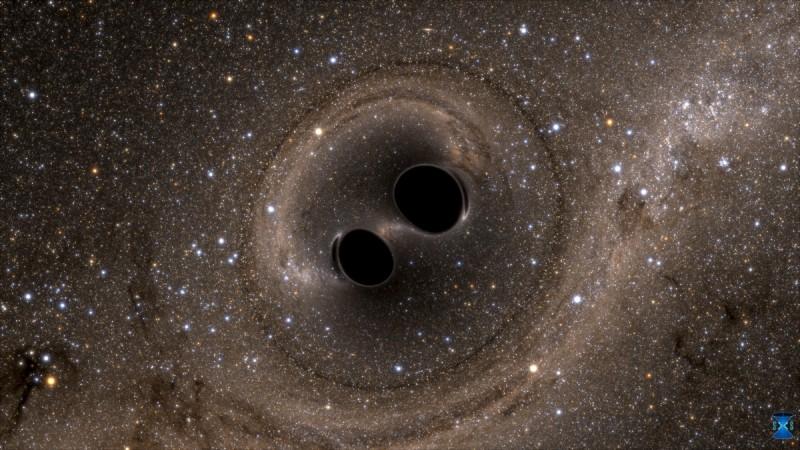
The Union Cabinet on Wednesday, Feb. 17, 2016, gave an "in-principle approval" for establishment of a state-of-the-art Laser Interferometer Gravitational-wave Observatory (LIGO) in the country. The proposal, known as the LIGO-India project, is piloted by the Department of Atomic Energy and Department of Science and Technology (DST).
"The approval coincides with the historic detection of gravitational waves a few days ago that opened up a new window to the universe to unravel some of its greatest mysteries," a government statement said.
The LIGO-India project will establish a state-of-the-art gravitational wave observatory in India in collaboration with the LIGO Laboratory in the US run by Caltech and MIT.
LIGO-India will also bring considerable opportunities in cutting-edge technology for the Indian industry, which will be engaged in the construction of an 8-km-long beam tube at ultra-high vacuum on a levelled terrain.
The project will bring unprecedented opportunities for scientists and engineers to dig deeper into the realm of gravitational wave and take global leadership in this new astronomical frontier, the statement said. It will motivate Indian students and young scientists to explore newer frontiers of knowledge, and will add further impetus to scientific research in the country, it added.
According to a report by TOI, the Institute for Plasma Research (IPR), Gandhinagar, Gujarat, is going to build the world's most advanced LIGO to detect gravitational waves.
The IPR-built observatory will be the third of its kind in the world, the other two being located at Hanford in Washington and Livingston in Louisiana, both in the US.

















